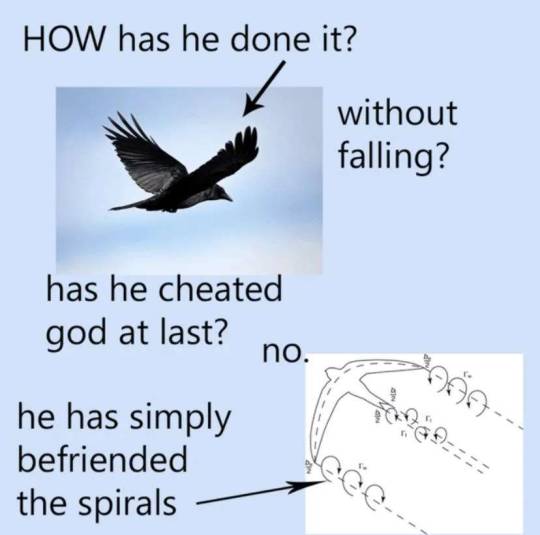Photo

I just learned that the Russian word for “ladybug” translates to “God’s Little Cow”
172K notes
·
View notes
Text
Is there a word for that like, “bright darkness” you get in winter?? When it’s been snowing or it’s supposed to snow past sunset and the sky isn’t Dark Enough. One of my favorite things
207K notes
·
View notes
Text

101K notes
·
View notes
Text

The tuzoiids were an enigmatic group of Cambrian invertebrates known mostly just from their spiny bivalved carapaces. Although hundreds of fossils of these arthropods were discovered over the last century or so, only vague fragments of the rest of their bodies have been found even in sites usually known for preserving soft tissue impressions.
…Until late 2022, when several new specimens from the Canadian Burgess Shale deposits (~508 million years ago) were described showing tuzoiid anatomy in exceptional detail, finally giving us an idea of what they looked like and where they fit into the early arthropod evolutionary tree.
Tuzoiids like Tuzoia burgessensis here would have grown up to about 23cm long (~9"). They had large eyes on short stalks, a pair of simple antennae, a horizontal fluke-like tail fan, and twelve pairs of appendages along their body – with the front two pairs at the head end being significantly spinier, and most (or all) of these limbs also bearing paddle-like exopods.
The large carapace enclosed most of the body, and was ornamented with protective spines and a net-like surface pattern that probably increased the strength of the relatively thin chitinous structure.
Together all these anatomical features now indicate that tuzoiids were early mandibulates (part of the lineage including modern myriapods, crustaceans, and insects), and were probably very closely related to the hymenocarines.
Tuzoiids seem to have been active swimmers that probably cruised around just above the seafloor, with their stout legs suggesting they could also walk around if they flexed their valves open. The arrangement of their spiny front limbs wasn't suited to grabbing at fast-swimming prey, but instead may have been used to capture slower seafloor animals or to scavenge from carcasses.
———
NixIllustration.com | Tumblr | Twitter | Patreon
2K notes
·
View notes
Text
i love how hyenas still have the winter coat gene
58K notes
·
View notes
Text
Eclipse in Chile
168K notes
·
View notes
Text

440 notes
·
View notes
Text
Y'know, I'm kinda surprised I haven't seen Jack Chains more in fantasy tbh, like it's a really interesting and low budget armor style, I'm legit surprised I've almost never seen it in media
30K notes
·
View notes
Text
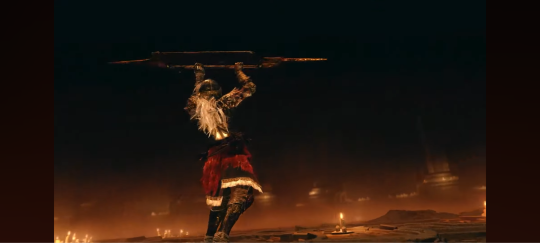
DUELLING SHIELD TIME, HISTORY ENJOYERS

3K notes
·
View notes
Photo
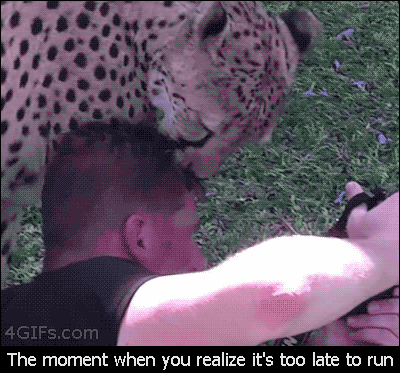
#biology#cheetahs#these cats were made for domestication i'm suprised they ancients didn't really dedicate to it
2M notes
·
View notes
Text

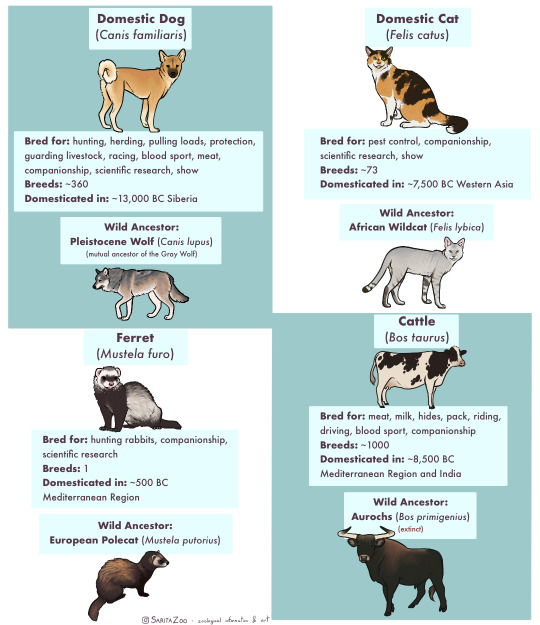


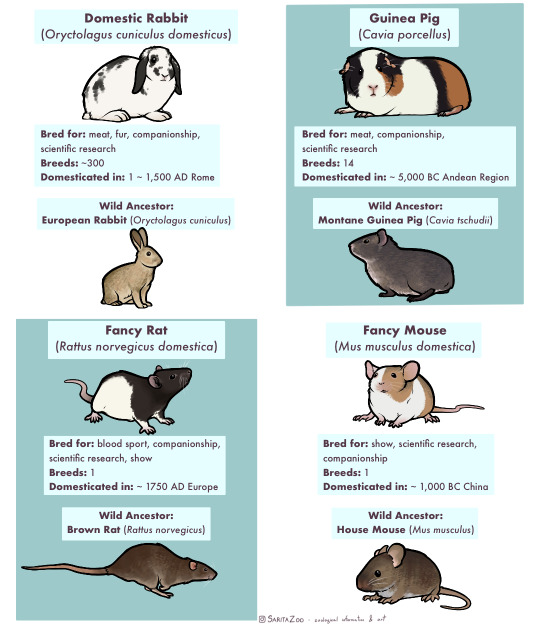
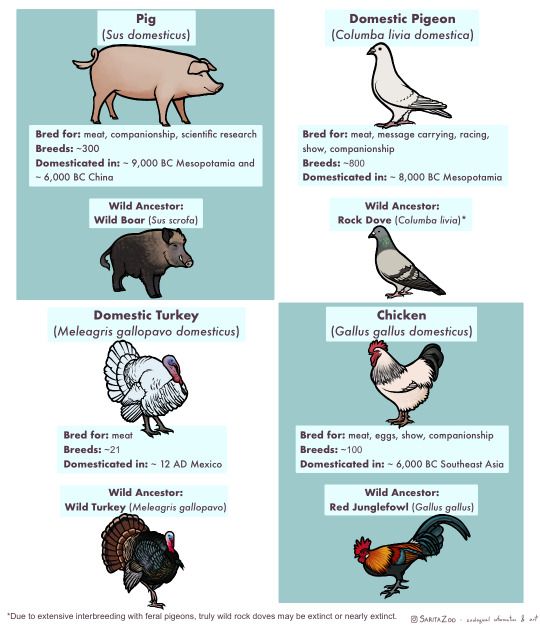
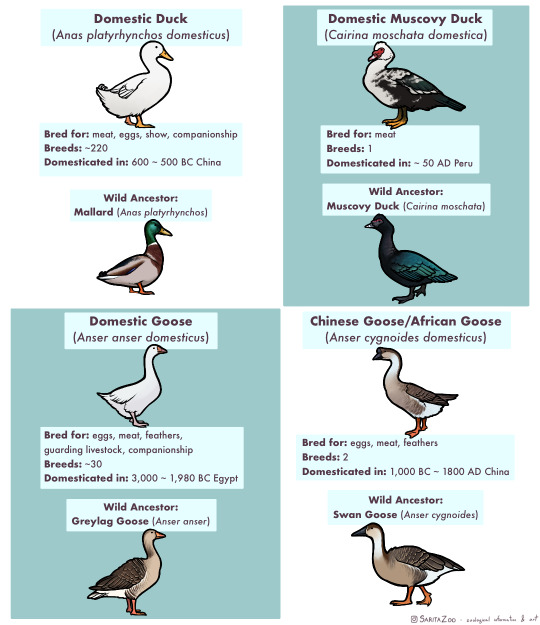
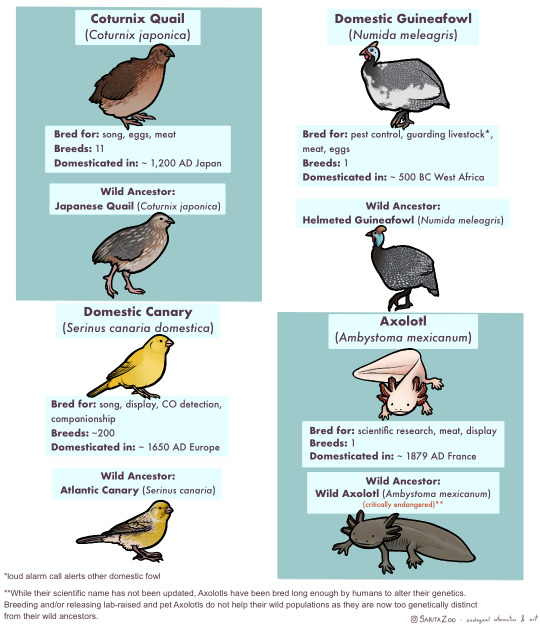


Phew. This one took, uh… a bit longer than expected due to other projects both irl and art-wise, but it’s finally here. The long-awaited domestic animal infographic! Unfortunately, I didn’t have enough space to cover every single domestic animal (I’m so sorry, reindeer and koi, my beloveds) but I tried to include as many of the “major ones” as possible.
I made this chart in response to a lot of the misunderstandings I hear concerning domestic animals, so I hope it’s helpful!
Further information I didn’t have any room to add or expand on:
🐈 “Breed” and “species” are not synonyms! Breeds are specific to domesticated animals. A Bengal Tiger is a species of tiger. A Siamese is a breed of domestic cat.
🐀 Different colors are also not what makes a breed. A breed is determined by having genetics that are unique to that breed. So a “bluenose pitbull” is not a different breed from a “rednose pitbull”, but an American Pitbull Terrier is a different breed from an American Bully! Animals that have been domesticated for longer tend to have more seperate breeds as these differing genetics have had time to develop.
🐕 It takes hundreds of generations for an animal to become domesticated. While the “domesticated fox experiment” had interesting results, there were not enough generations involved for the foxes to become truly domesticated and their differences from wild foxes were more due to epigenetics (heritable traits that do not change the DNA sequence but rather activate or deactivate parts of it; owed to the specific circumstances of its parents’ behavior and environment.)
🐎 Wild animals that are raised in human care are not domesticated, but they can be considered “tamed.” This means that they still have all their wild instincts, but are less inclined to attack or be frightened of humans. A wild animal that lives in the wild but near human settlements and is less afraid of humans is considered “habituated.” Tamed and habituated animals are not any less dangerous than wild animals, and should still be treated with the same respect. Foxes, otters, raccoons, servals, caracals, bush babies, opossums, owls, monkeys, alligators, and other wild animals can be tamed or habituated, but they have not undergone hundreds of generations of domestication, so they are not domesticated animals.
🐄 Also, as seen above, these animals have all been domesticated for a reason, be it food, transport, pest control, or otherwise, at a time when less practical options existed. There is no benefit to domesticating other species in the modern day, so if you’ve got a hankering for keeping a wild animal as a pet, instead try to find the domestic equivalent of that wild animal! There are several dog breeds that look and behave like wolves or foxes, pigeons and chickens can make great pet birds and have hundreds of colorful fancy breeds, rats can be just as intelligent and social as a small monkey (and less expensive and dangerous to boot,) and ferrets are pretty darn close to minks and otters! There’s no need to keep a wolf in a house when our ancestors have already spent 20,000+ years to make them house-compatible.
🐖 This was stated in the infographic, but I feel like I must again reiterate that domestic animals do not belong in the wild, and often become invasive when feral. Their genetics have been specifically altered in such a way that they depend on humans for optimal health. We are their habitat. This is why you only really see feral pigeons in cities, and feral cats around settlements. They are specifically adapted to live with humans, so they stay even when unwanted. However, this does not mean they should live in a way that doesn’t put their health and comfort as a top priority! If we are their world, it is our duty to make it as good as possible. Please research any pet you get before bringing them home!
32K notes
·
View notes
Photo

A many-plumed moth.-Spores&More
Ah I’ve never seen this moth before so I had to go looking up photos of it, thank you @sporesmore
So doing a little research, these moths are from the family Pterophoridae which are the plume moths.

The many-plumed moth wings are a modified so that the fore and hind wing are made up of six spines and have these little bristles all over them.

3K notes
·
View notes
Text
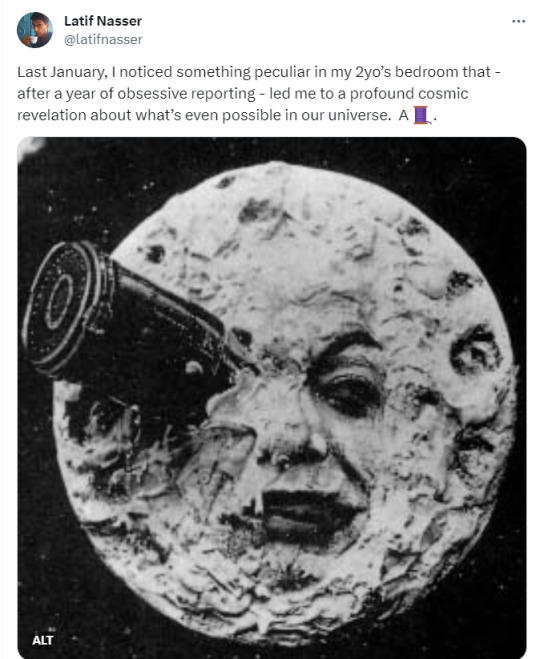

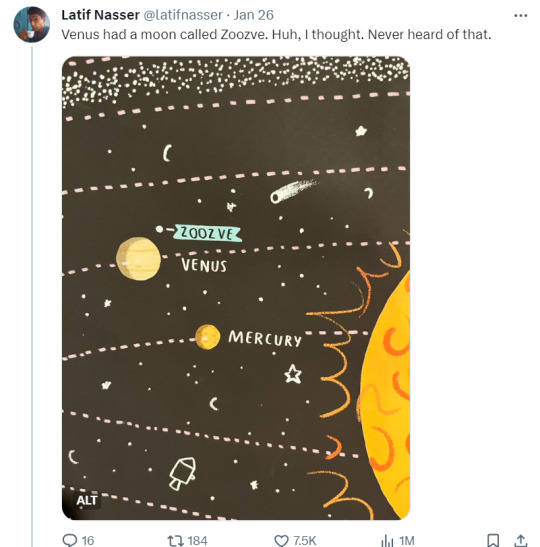
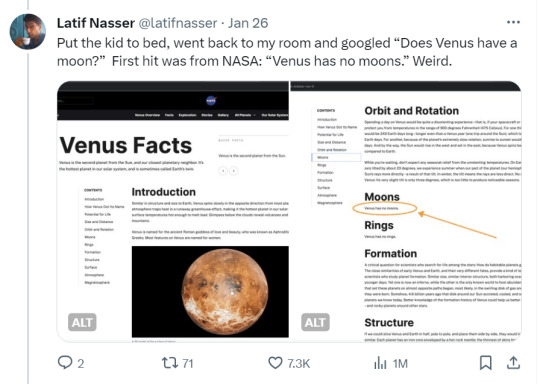
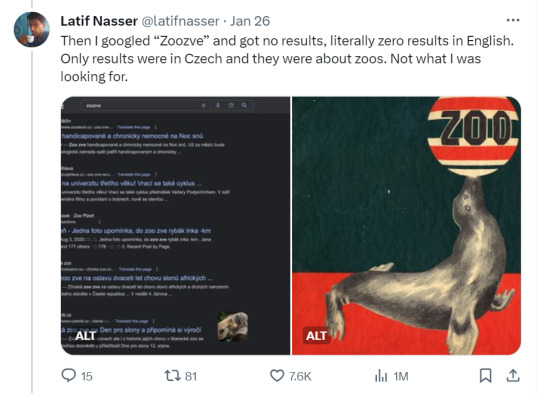




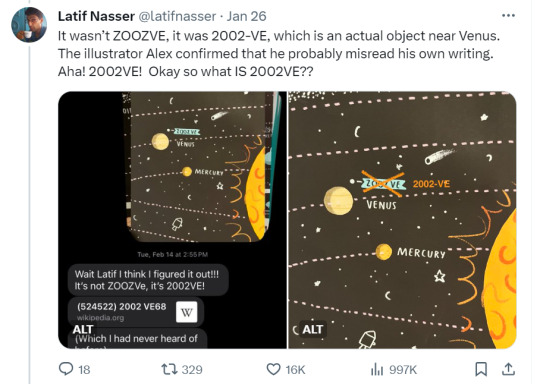


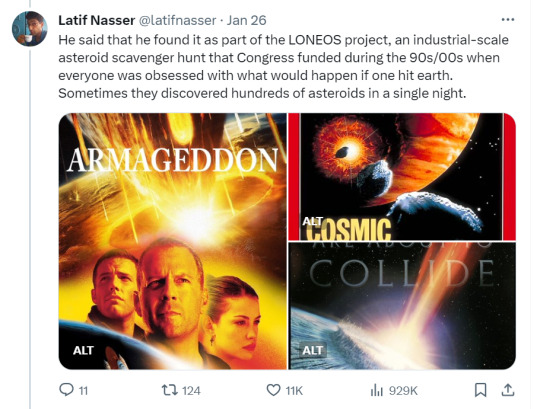

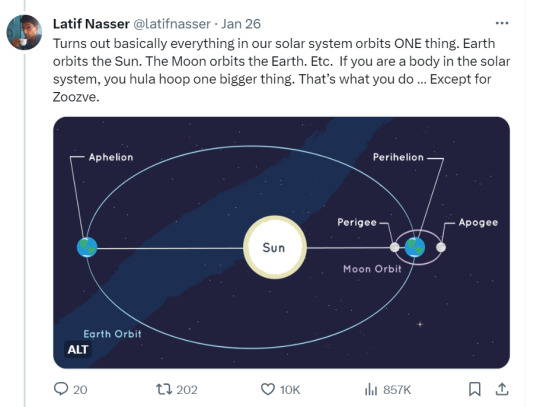
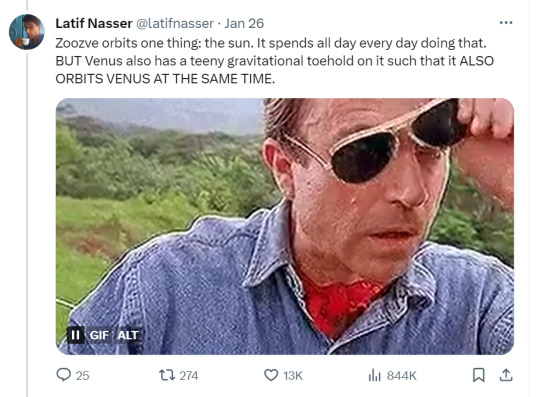
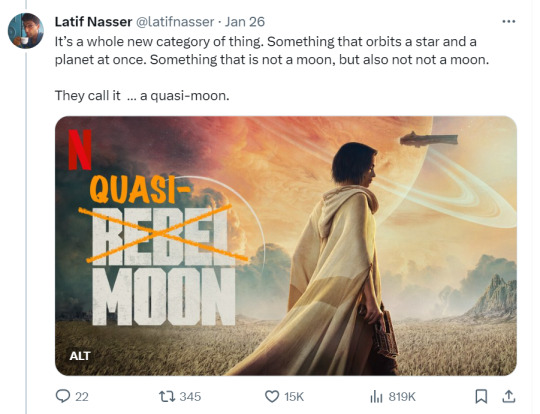



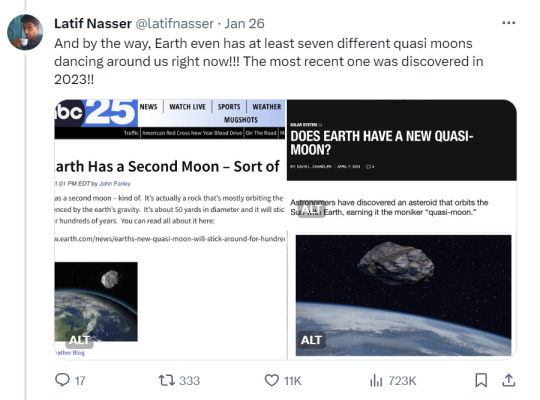

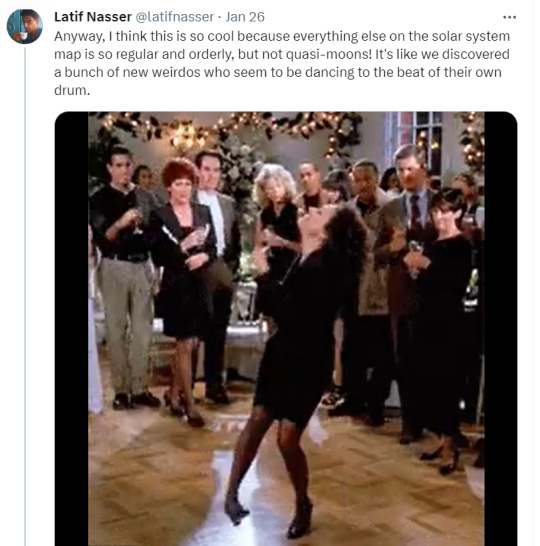
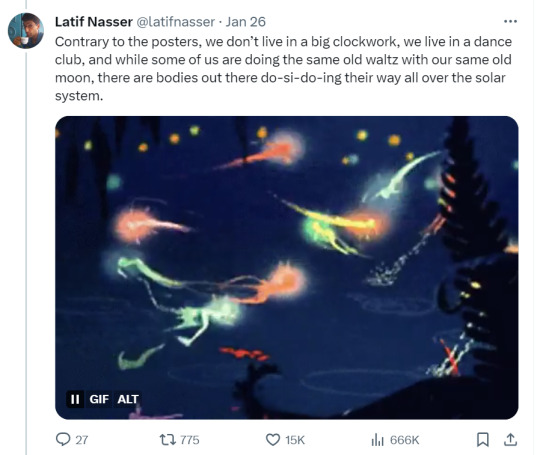
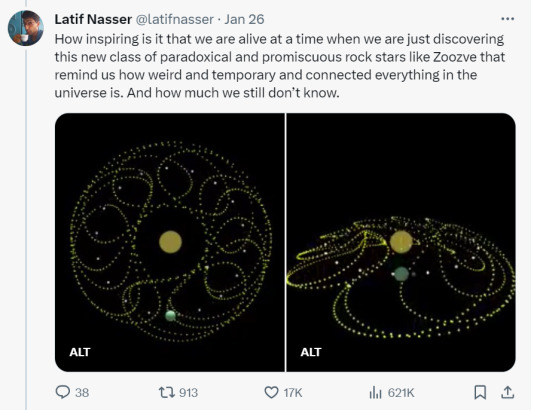
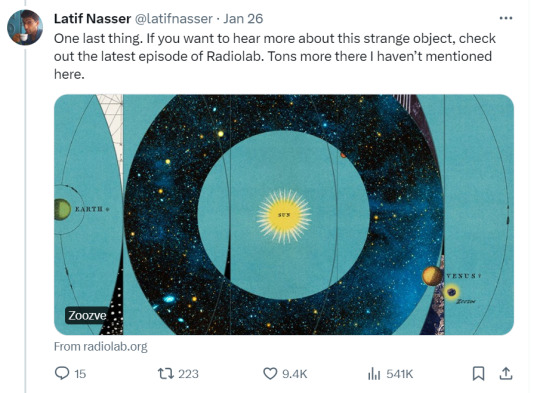
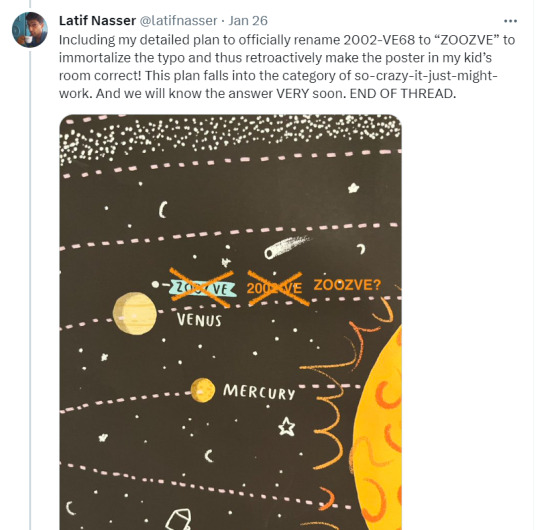
Zoozve, my beloved
127K notes
·
View notes
Text
If anyones interested in learning about the first black vampire short story, published in 1819, heres a link to the wiki, its called The Black Vampyre, and its about a former slave turned vampire who seeks revenge on his slave master. Its actually a first in many categories!
48K notes
·
View notes

